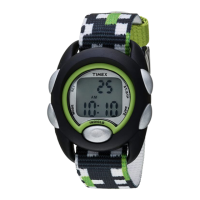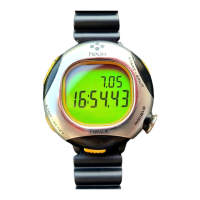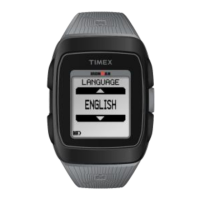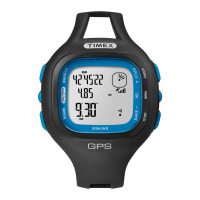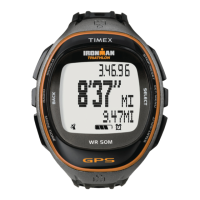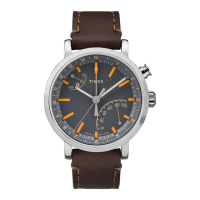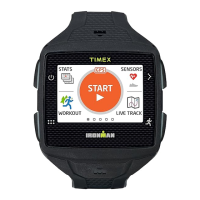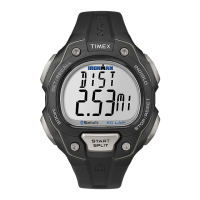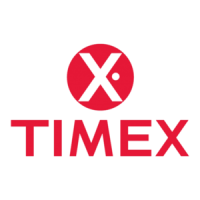
Do you have a question about the Timex 40 and is the answer not in the manual?
Describes the watch movement's basic structure, power source, and key components like the balance and energy cell.
Covers energy cell specifications, replacement, and the mechanism for setting hands and stopping the movement.
Details the movement's hourly beat rate, temperature compensation, regulation, and suitability for conventional repair.
Provides a numbered list of all components depicted in the movement's exploded view for easy identification.
Explains how to remove the case back and movement cover to gain initial access to the watch movement.
Details the procedure for removing the setting stem and the crystal from the watch movement.
Covers the steps for removing the dial assembly and the sweep second hand.
Explains how to safely remove the energy cell and the shunt bridge from the movement.
Provides procedures for observing the interaction between the balance coil, contact spring, and contact pin.
Offers guidance on the careful handling and positioning of the contact spring and contact pin.
Details the process of removing the balance bridge assembly and the train wheel bridge.
Explains the action of the gear train, impulse pin, and how to handle friction springs.
Illustrates and explains the purely mechanical operation of the balance stop mechanism linked to the crown stem.
Explains the placement and function of the friction washer between the plate and the seconds wheel.
Details the recommended method for cleaning the movement, including balance care and particle removal.
Provides instructions for re-lubricating the movement, listing key points and specific oil/grease recommendations.
Outlines the correct sequence for reassembling the movement's train components.
Explains how to adjust the balance endshake using the balance bridge screw.
Details how to inspect the hairspring for proper contact with the regulator slot.
Provides guidance on pre-positioning hands and securing the dial assembly during reassembly.
Describes the evolution of reflector rings (Flat, Serrated, Cup) and their compatibility with dial types.
